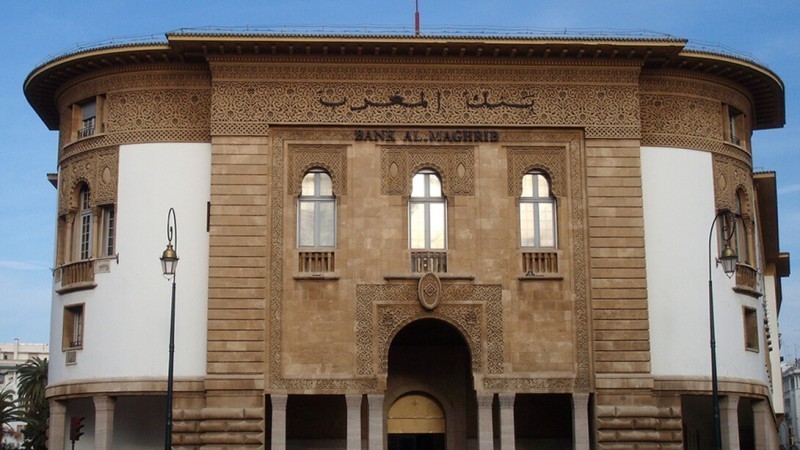Rabat – The Moroccan dirham rose 2.3% against the US dollar and slipped 0.6% against the euro, according to the latest data from Bank Al-Maghrib (BAM).
The shift reflects a moment of relative strength for the national currency amid broader financial adjustments.
During the same period, the central bank did not carry out any foreign exchange auctions, a detail noted in its weekly bulletin of key indicators.
Morocco’s official reserve assets stood at MAD 384.8 billion ($38.5 billion) on April 10. While this marks a 2.1% drop from the previous week, the reserves grew 7.3% compared to the same time last year.
BAM injected an average of MAD 131 billion ($13.1 billion) per day into the banking system. This support included MAD 49.3 billion in seven-day advances, MAD 49.8 billion ($4.93 billion) through longer-term repo agreements, and MAD 32 billion ($3.2 billion) in guaranteed loans.
On the interbank market, daily transaction volumes settled at MAD 3 billion ($300 million). The average interest rate remained steady at 2.25%. In its April 16 tender operation, the central bank provided MAD 49 billion ($4.9 billion) in seven-day liquidity to the market.
Meanwhile, the Casablanca Stock Exchange posted a strong rebound. The MASI index climbed 6.8%, making up for a steep 9.3% loss the previous week. Since the beginning of the year, the index has gained 15.9%.
Nearly all sectors moved upward. Banks advanced by 3.7%, construction and building materials rose 6.6%, and telecommunications increased 7.5%. The most significant jumps came from transport services and electricity, which recorded gains of 10.9% and 18.4%, respectively. Only the forestry and paper sector closed slightly lower, dipping 0.2%.
The market’s price-to-earnings ratio edged up from 22.9 to 24.5, signaling a shift in valuation sentiment. Weekly trading volumes, however, declined from MAD 4.6 billion ($460 million) to MAD 2.7 billion ($270 million), with most activity focused on the central equities market.
In short, the dirham gained ground against the dollar, official reserves remained solid despite a slight dip, and the stock market bounced back strongly after a rough week. Most sectors saw gains, and trading activity eased but stayed focused on the central market.
